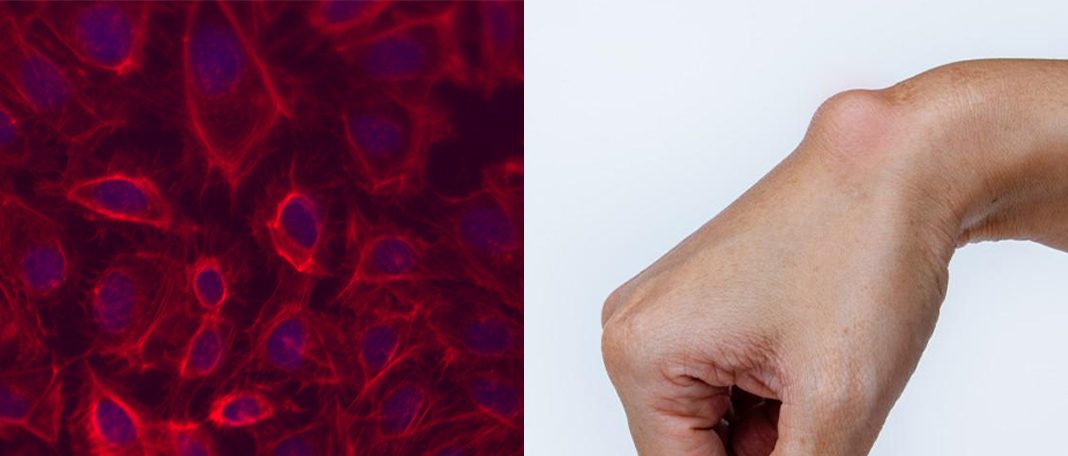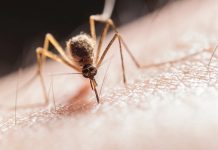Sarcoma is a rare kind of cancer that occurs in different parts of your body. This cancerous tumor develops in the connective tissue surrounding bones, joints, nerves, blood vessels, etc. There are more than 50 types of sarcoma and the treatment varies depending on location or other factors. Read along to learn more about sarcoma symptoms, types, causes, and treatments.
Sarcoma Types
Types of sarcoma are based on the specific tissue or location in the body. A few sarcoma types are specified below.
Angiosarcoma: A rare cancer type visible in the lining of blood and lymph vessels. It affects the skin around the neck and head.
Chondrosarcoma: This cancer begins in bones, but sometimes reaches into soft tissues. It may not cause many signs at first and tends to grow slowly.
Liposarcoma: It starts in the fat cells anywhere in your body. Usually, it happens in older adults, but it may occur at any age.
Epitheloid sarcoma: This cancer often affects young teenagers and adults. It occurs on connective tissues in your body.
Soft tissue sarcoma: Soft tissue inside a body consists of blood vessels, nerves, muscles, fat, joint lining, etc. This sarcoma begins with cell growth in the soft tissues of your body.
Osteosarcoma: This is most often found in legs, arms, and long bones. Joint pain, swelling near the bone, and bone break are a few symptoms of osteosarcoma.
Sarcoma Symptoms
Symptoms of sarcoma differ depending on the tumor’s location. In the early stages, you cannot see noticeable symptoms in some sarcomas. Swelling or long last pain in your arms and legs caused by other sarcomas. A few sarcoma symptoms include:
- Weight loss
- Bone pain
- Pain in the abdomen, arms, and legs
- Broken bone
- Fever
- Redness at the tumor site
- Unintentional weight loss
- Fatigue
- Nerve compression
- Swelling
- Joint pain
Sarcoma Causes
What causes sarcoma? Usually, cancer forms when a mutation happens in the deoxyribonucleic acid (DNA) of cells. DNA inside a particular cell covers several individual genes in which each containing different functions to perform. Mutation might inform cells to divide and grow rapidly. These cells live continuously when normal cells would die. In this situation, the remaining abnormal cells can form a tumor.
How to Treat Sarcoma?
The sarcoma treatment depends on various factors like type, size, location, general health, etc. A few of the sarcoma treatments are specified below:
Surgery
A surgical procedure is used to remove the tumor from your body. Experts will carefully remove cancer cells from your legs and arm without full amputation. Sometimes, they would also replace new cells in the affected area.
Radiation Therapy
High-energy X-rays are used to destroy cancer cells in radiation therapy. Radiation therapy for sarcoma uses advanced techniques and it may be internal or external. Also, radiation prevents the spreading of sarcoma.
Chemotherapy
This sarcoma treatment uses drugs to slow the growth of increasing cancer cells. Chemotherapy for sarcoma is given orally or through a needle into blood vessels. In a few cases, it is given with radiation.
Immunotherapy
It is easy to identify and fight cancer cells through immunotherapy which strengthens your immune system. Cancer cells deactivate your immune responses and thrive in your body. Through immunotherapy treatment, you can easily fight cancer.
If you are affected with sarcoma symptoms, consult a healthcare professional for treatment. It paves way for faster recovery.

















